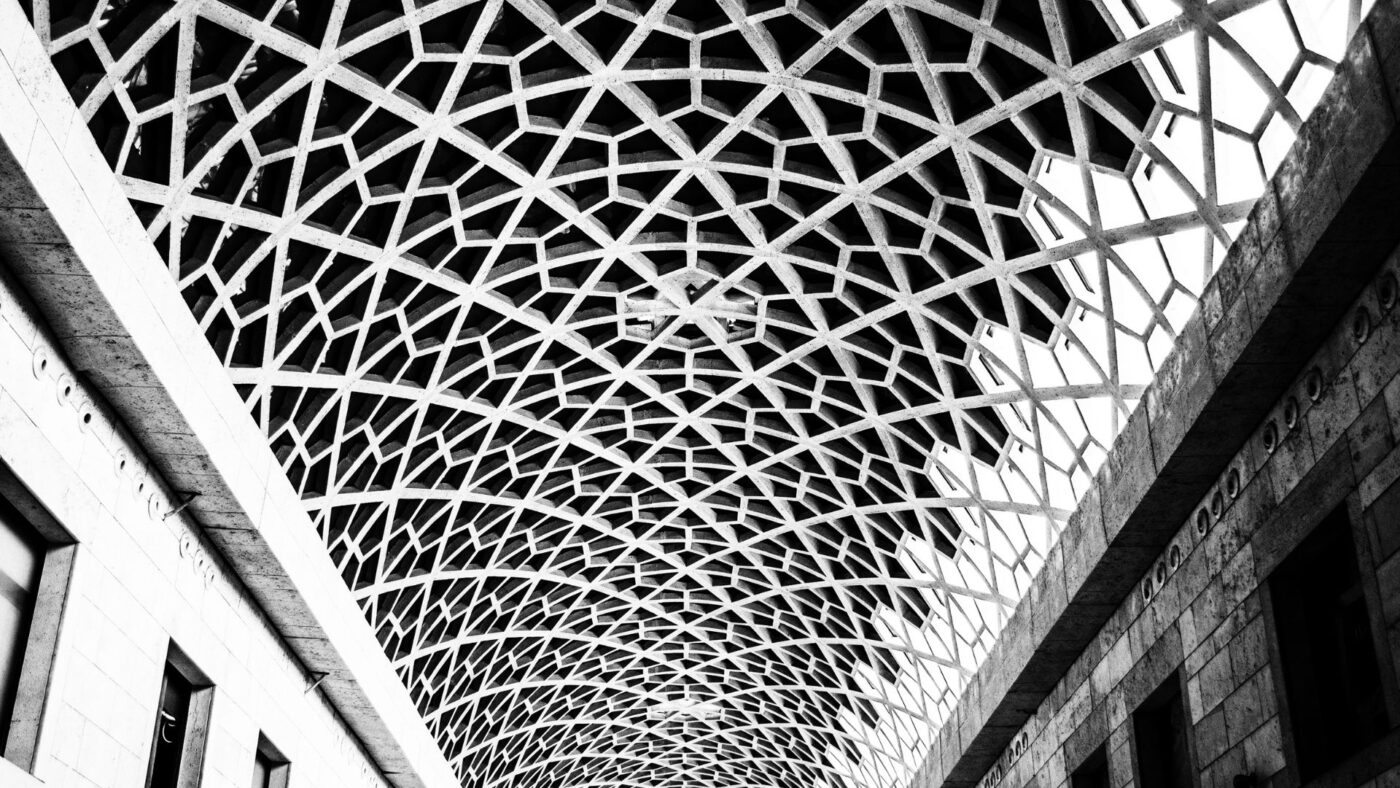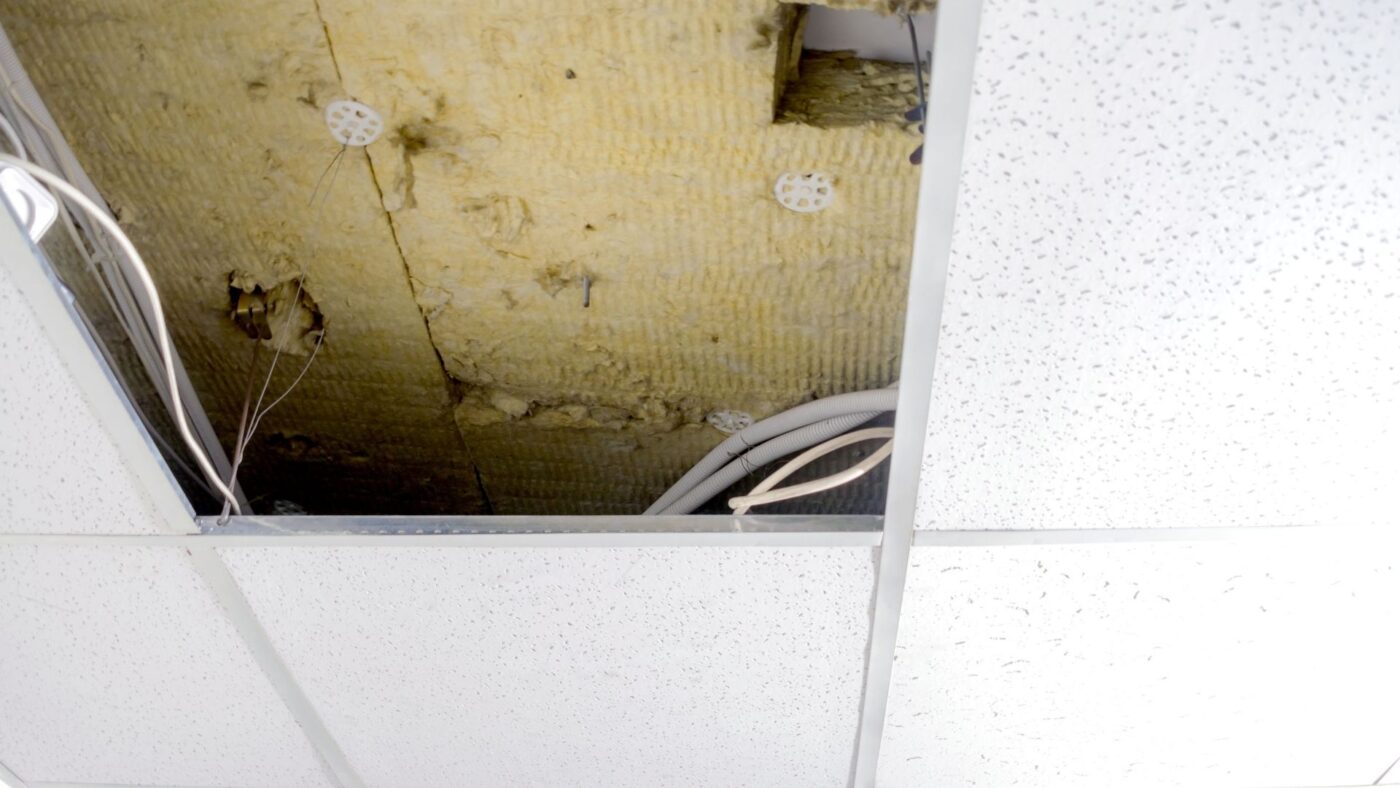A suspended ceiling, also known as a drop ceiling or false ceiling, is a popular interior design option used in both residential and commercial spaces. It involves creating a secondary ceiling below the original one, often leaving a gap in between. Here’s everything you need to know about suspended ceilings:
1. Materials: Suspended ceilings can be made from various materials, including acoustic tiles, gypsum, metal panels, and PVC. The choice of material depends on factors such as aesthetics, acoustics, and budget.
2. Installation: The installation of a suspended ceiling typically involves a metal grid framework, often in a grid pattern of 2×2 or 2×4 feet. Ceiling tiles or panels are then placed within the grid, covering the space between the suspended ceiling and the original one. Installation is relatively straightforward and can be done by professionals or DIY enthusiasts.
3. Aesthetic Options: Suspended ceilings offer a wide range of design possibilities. You can choose from different types of tiles or panels, including plain, textured, or decorative options. They can be painted or covered with various finishes to match the interior décor.
4. Acoustic Benefits: One of the primary advantages of suspended ceilings is their acoustic properties. Acoustic tiles or panels can be used to absorb sound and reduce noise levels in a room, making them ideal for spaces like offices, classrooms, and theaters.
5. Concealing Utilities: Suspended ceilings are an excellent way to hide unsightly utilities such as electrical wiring, plumbing, and HVAC ducts. This not only enhances the aesthetics of the space but also makes maintenance and repairs more accessible.
6. Lighting Integration: Recessed lighting fixtures, including LED lights, can be easily integrated into suspended ceilings, providing even and aesthetically pleasing illumination. This feature is particularly useful in commercial spaces.
7. Maintenance and Repairs: Suspended ceilings are relatively low-maintenance. Individual tiles or panels can be removed and replaced as needed, simplifying repairs or upgrades to the underlying systems.
8. Fire Safety: Suspended ceilings are often designed to meet fire safety regulations and may incorporate fire-resistant materials to enhance safety in case of emergencies.
9. Cost Considerations: The cost of suspended ceilings varies depending on the materials, design complexity, and installation. They are generally considered a cost-effective way to improve the appearance and functionality of a space.
In summary, suspended ceilings are a versatile and practical solution for enhancing interior spaces. They provide aesthetic options, improve acoustics, and offer functional benefits, making them a popular choice for a wide range of applications.

Types of Suspended Ceiling
Suspended ceilings, also known as drop ceilings or false ceilings, offer a versatile and practical solution for enhancing interior spaces. With various types of suspended ceilings available, architects, interior designers, and property owners can choose from a range of options to suit their specific needs and preferences. In this article, we will delve into different types of suspended ceilings, exploring their unique characteristics and benefits.
1. Acoustic Suspended Ceilings
Acoustic suspended ceilings are specifically designed to improve the sound quality within a room. They are an excellent choice for spaces where noise reduction and sound absorption are essential, such as offices, schools, conference rooms, and theaters.
These ceilings typically feature ceiling tiles with high noise reduction coefficients (NRC) that absorb sound waves, reducing echo and reverberation. Additionally, they may incorporate acoustic insulation materials above the suspended ceiling to further enhance soundproofing capabilities.
2. Gypsum Suspended Ceilings
Gypsum suspended ceilings, also known as plasterboard ceilings, are constructed using gypsum boards or panels. These ceilings are popular for their smooth and seamless appearance, providing a clean and refined finish to any space.
Gypsum suspended ceilings offer excellent fire resistance properties, making them a safe choice for commercial buildings and areas where fire safety is a concern. They are also easy to install and maintain, making them a cost-effective and practical option for various applications.
3. Metal Suspended Ceilings
Metal suspended ceilings are constructed using metal tiles or panels, offering a contemporary and modern aesthetic to interiors. They are widely used in commercial spaces, retail stores, and industrial environments due to their durability and resistance to wear and tear.
These ceilings are available in various finishes, including stainless steel, aluminum, and galvanized steel, providing options to suit different design preferences. Metal suspended ceilings are not only visually appealing but also offer excellent reflective properties, enhancing the overall brightness of a space.
4. Wood Suspended Ceilings
Wood suspended ceilings add a touch of warmth and natural charm to interiors. They are popular choices for spaces seeking a rustic, classic, or cozy ambiance, such as restaurants, cafes, and residential areas.
Wood suspended ceilings come in different wood types and finishes, allowing designers to create unique and customized looks. They are often chosen for their aesthetic appeal and ability to create a welcoming and inviting atmosphere.
5. PVC Suspended Ceilings
PVC suspended ceilings are constructed using PVC panels, which are known for their moisture resistance and durability. They are commonly used in areas with high humidity, such as bathrooms, kitchens, and swimming pool enclosures.
These ceilings are easy to clean and maintain, making them a practical choice for environments that require regular sanitation. PVC suspended ceilings also offer a range of design options, including various colors and textures, providing flexibility for interior design projects.
6. Fiberglass Suspended Ceilings
Fiberglass suspended ceilings are made from fiberglass-reinforced panels. They are lightweight, durable, and offer excellent resistance to moisture, making them suitable for humid environments and outdoor applications.
These ceilings are often chosen for their high-impact resistance and ability to withstand harsh conditions. Fiberglass suspended ceilings are prevalent in areas such as swimming pool enclosures, outdoor patios, and commercial buildings with specific environmental demands.
The diversity of suspended ceiling types provides an array of choices for architects, interior designers, and property owners to enhance the functionality and aesthetics of interior spaces. From acoustic ceilings that focus on sound absorption to metal and wood ceilings that offer contemporary or classic charm, each type brings unique benefits to cater to specific design preferences and practical requirements. Whether it’s creating a serene environment with acoustic ceilings or adding a touch of sophistication with metal ceilings, the variety of suspended ceiling options allows for endless possibilities in transforming spaces above our heads.


 Русский
Русский العربية
العربية Français
Français Türkçe
Türkçe Română
Română Português
Português ქართული
ქართული български
български Magyar
Magyar